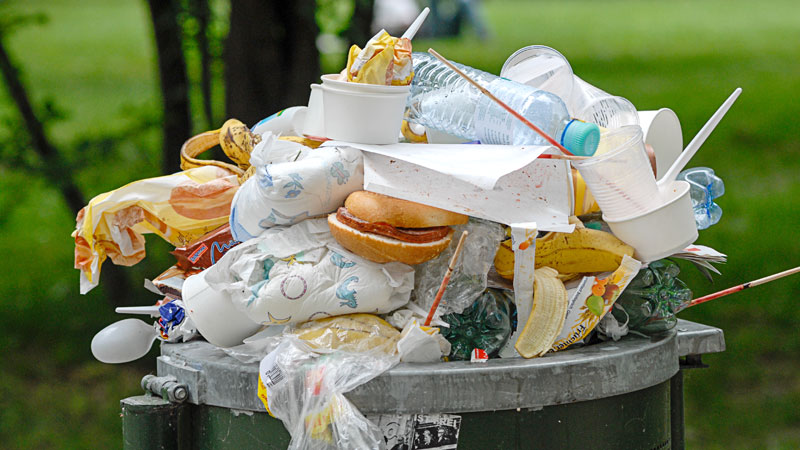Called the Recycling Analytics Dashboard — or “RAD” — Zerocycle’s new product can be a customized standalone site, embedded on a city’s official website, integrated into an open data platform (e.g. Socrata), as well as made available to third-party websites (e.g. local newspapers, schools, businesses, community organizations, associations and clubs, etc.).
According to Zerocyle the underlying data analytics and algorithms that power RAD’s visual front-end are unique to Zerocycle, and leverage data streams that cities already collect or currently have access to. As a result, valuable real-time data and insights can be generated without the need to install new hardware or devices on the ground. In addition to helping civic leaders and other officials identify neighborhoods that are exceeding, meeting or falling below waste diversion targets, RAD keeps citizens informed and motivates them to recycle more.
Buffalo, NY is the first city to use RAD to monitor and optimize neighborhood-by-neighborhood waste diversion performance, as well as to integrate this data into their forthcoming open data platform. “The City of Buffalo is pleased to have this new tool for our residents to motivate them to increase recycling in their neighborhoods,” said Buffalo Mayor Byron W. Brown.
Additionally, three other cities across the country will bring and have engaged Zerocycle to launch sites of their own.
“Most of the work that we do revolves around large datasets and custom analytics. While these analytics produce a great deal of valuable output data, it’s sometimes challenging to pull all of those insights together and put them into context,” commented Hunter Hayes, Zerocycle’s Co-Founder and CEO. “Our new dashboard puts a clear and simple visual front-end on this data, and provides a great tool for city staff to easily determine where to concentrate their efforts and resources.”
Added Hayes: “We designed RAD to perfectly complement our Neighborhood Waste Report, which is delivered to residents in strategic areas of the city and features full-color maps, neighborhood rankings, and other insights on recycling. It’s a powerful and accessible way to connect with citizens, get them engaged, and motivate them to make environmentally responsible decisions at the household level.”










